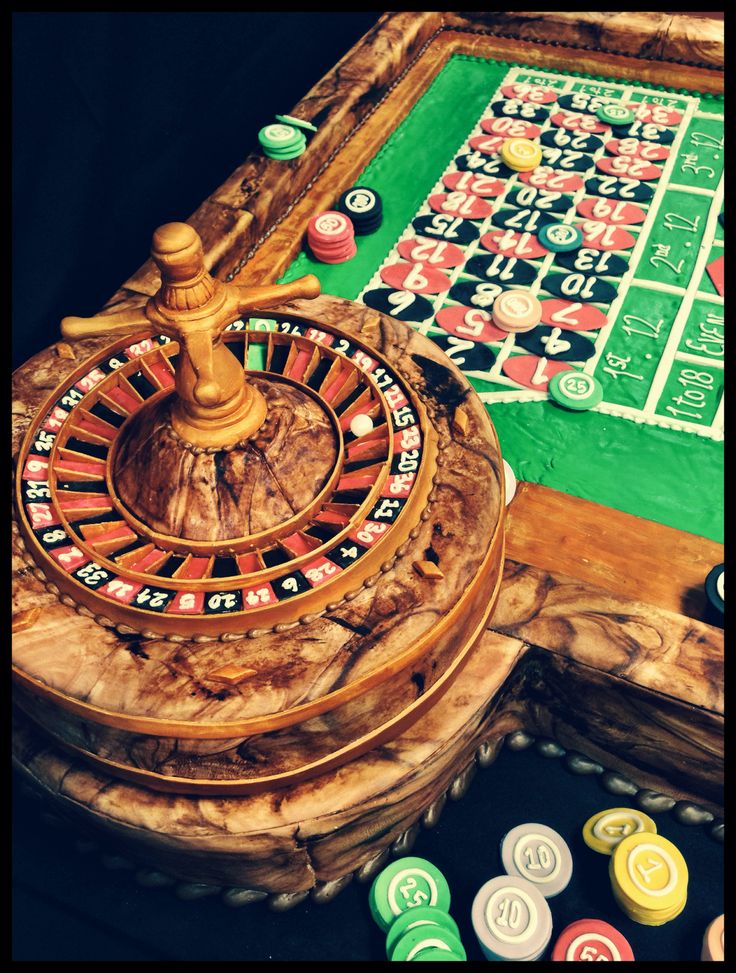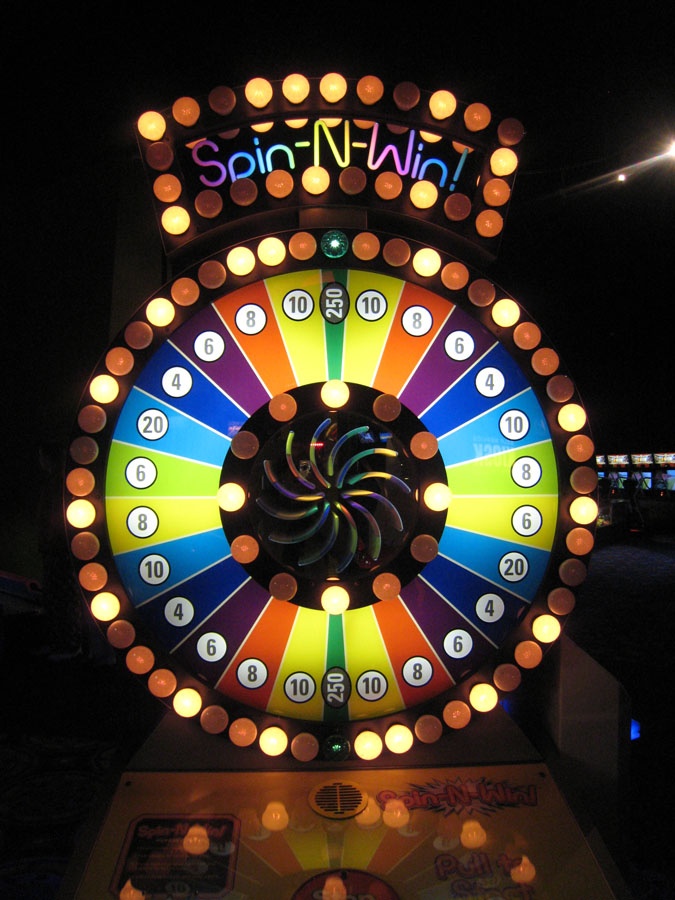Introduction
Roulette, often regarded as the epitome of casino elegance, has captivated gamblers since its inception. With its distinctive wheel and colorful layout, roulette offers a blend of chance and strategy that appeals to both novice and seasoned players. As the wheel spins and the ball clatters around, the anticipation of where it will land keeps players on the edge of their seats. This comprehensive guide explores the world of roulette, providing insights into its history, the mechanics of the game, strategies for increasing your odds, and tips for making the most of your experience at the roulette table.
1. The History of Roulette
Origins of Roulette
Roulette, derived from the French word meaning “little wheel,” traces its origins to 17th-century France. The game was developed from earlier forms of wheel-based gambling games, including the Italian game of “Roly-Poly” and the English game “E.O.” The French mathematician Blaise Pascal is often credited with creating the modern version of roulette as he experimented with perpetual motion machines.
Evolution and Popularity
Roulette gained widespread popularity in the 18th and 19th centuries, spreading across Europe and eventually to the United States. The game’s journey to the U.S. saw the introduction of the American version of roulette, which features an additional double-zero pocket, increasing the house edge and affecting the odds.
2. The Mechanics of Roulette
The Roulette Wheel
The roulette wheel consists of 37 or 38 pockets, depending on the version of the game.
- European Roulette: Features 37 pockets, numbered from 0 to 36. The single zero (0) pocket provides a lower house edge compared to the American version.
- American Roulette: Includes 38 pockets, with an additional double zero (00) pocket, increasing the house edge.
Structure of the Wheel
- Numbers and Colors: The pockets are numbered from 0 to 36, with alternating red and black colors for the numbers. The zero (and double zero) pockets are green.
- Layout: The numbers are arranged in a non-sequential pattern designed to ensure randomness and fairness. The wheel is divided into two sections: the inner and outer sections.
The Roulette Table
The roulette table features a layout where players place their bets. The table has a grid representing all possible bets, including:
- Inside Bets: Bets placed on specific numbers or small groups of numbers. Examples include straight bets, split bets, and corner bets.
- Outside Bets: Bets placed on larger groups of numbers or characteristics. Examples include red or black, odd or even, and high or low numbers.
The Ball and Spin
- The Ball: The roulette wheel is spun in one direction while a small ball is spun in the opposite direction. The ball eventually loses momentum and lands in one of the numbered pockets.
- The Spin: The outcome is determined by the pocket where the ball finally comes to rest. The winning number and color are announced, and payouts are made accordingly.
3. Types of Roulette Bets
Inside Bets
- Straight Bet: A bet on a single number. If the ball lands on that number, the payout is 35 to 1.
- Split Bet: A bet placed on two adjacent numbers. The payout is 17 to 1 if either number hits.
- Street Bet: A bet on three consecutive numbers in a row. The payout is 11 to 1.
- Corner Bet: A bet on four numbers that form a square on the layout. The payout is 8 to 1.
- Six Line Bet: A bet on two adjacent rows of three numbers each. The payout is 5 to 1.
Outside Bets
- Red or Black: A bet on whether the ball will land on a red or black number. The payout is 1 to 1.
- Odd or Even: A bet on whether the number will be odd or even. The payout is 1 to 1.
- High or Low: A bet on whether the number will be in the high range (19-36) or low range (1-18). The payout is 1 to 1.
- Dozens: A bet on one of three groups of 12 numbers. The payout is 2 to 1.
- Columns: A bet on one of the three columns of numbers on the layout. The payout is 2 to 1.

4. Roulette Strategies and Systems
Understanding the House Edge
- European Roulette: The house edge is approximately 2.63%, due to the single zero pocket.
- American Roulette: The house edge is about 5.26%, due to the additional double zero pocket.
Popular Betting Systems
- Martingale System: A betting strategy where players double their bet after each loss, aiming to recoup losses with a single win. While theoretically effective, it requires a large bankroll and is risky.
- Reverse Martingale (Paroli): A system where players increase their bets after a win and decrease after a loss. This approach aims to capitalize on winning streaks.
- Fibonacci System: A system based on the Fibonacci sequence, where players increase their bets according to the sequence after losses. It is less aggressive than the Martingale system.
- D’Alembert System: A system where players increase their bets by one unit after a loss and decrease by one unit after a win. It is a more conservative approach compared to Martingale.
Evaluating the Effectiveness
No strategy can alter the inherent house edge of roulette, but they can help manage bankroll and betting patterns. It is crucial to approach roulette with realistic expectations and understand that outcomes are ultimately based on chance.
5. Online Roulette vs. Land-Based Roulette
Online Roulette
- Convenience: Online roulette allows players to enjoy the game from anywhere, at any time. Players can access a variety of roulette versions and bet sizes.
- Software Variations: Online casinos offer different roulette games, including European, American, and French roulette, with varying features and user interfaces.
- Live Dealer Roulette: Some online casinos offer live dealer roulette, where players interact with a real dealer via video stream, replicating the land-based casino experience.
Land-Based Roulette
- Atmosphere: The physical presence of a roulette wheel and the casino environment can enhance the excitement and social aspect of the game.
- Interaction: Players can interact with other players and dealers, adding a social dimension to the gaming experience.
- Physical Wheels: Land-based casinos use physical roulette wheels, which some players prefer for the tactile experience.
6. Tips for Playing Roulette
Bankroll Management
- Set a Budget: Determine how much you are willing to spend on roulette and stick to your budget. Avoid betting more than you can afford to lose.
- Manage Your Bets: Adjust your bet sizes based on your bankroll and avoid placing large bets that can quickly deplete your funds.
Understanding the Odds
- Know the Probabilities: Familiarize yourself with the odds and payouts of different bets. For example, outside bets have a higher probability of winning but lower payouts.
- Choose the Right Version: If possible, play European roulette instead of American roulette to benefit from the lower house edge.
Responsible Gaming
- Set Limits: Establish time and spending limits for your roulette sessions to prevent excessive play.
- Take Breaks: Regular breaks can help maintain focus and prevent impulsive decisions.
7. Frequently Asked Questions (FAQs)
What is the difference between European and American Roulette?
European roulette has 37 pockets (0-36), while American roulette has 38 pockets (0-36 and 00). The additional 00 pocket in American roulette increases the house edge, making it less favorable for players compared to European roulette.
Can I use betting systems to guarantee a win?
No betting system can guarantee a win in roulette due to the game’s inherent randomness and house edge. Betting systems can help manage your bankroll and betting patterns, but they do not change the fundamental odds of the game.
How does the house edge affect my chances of winning?
The house edge represents the casino’s built-in advantage. In European roulette, the house edge is approximately 2.63%, while in American roulette, it is around 5.26%. A higher house edge means lower odds of winning for the player.
Is online roulette the same as land-based roulette?
While the fundamental rules of roulette are the same, online roulette offers different features, such as various game versions and betting options. Online casinos also provide the convenience of playing from anywhere and accessing live dealer games.
What is the best strategy for winning at roulette?
There is no guaranteed strategy for winning at roulette due to its random nature. However, managing your bankroll, understanding the odds, and choosing bets with favorable payouts can improve your overall experience.
Conclusion
Roulette is a captivating game that combines chance, excitement, and strategy. Whether you’re spinning the wheel in a land-based casino or playing online, understanding the mechanics of the game, different betting options, and effective strategies can enhance your experience and increase your enjoyment. Remember to play responsibly, manage your bankroll wisely, and approach the game with realistic expectations. By embracing the thrill of the spin and applying the insights from this guide, you can make the most of your time at the roulette table and enjoy the timeless allure of this classic casino game.
One of the fundamental concepts to grasp at the roulette table is the distinction between inside and outside bets. Inside bets offer higher payouts but lower odds of winning, as you are betting on specific numbers or combinations. In contrast, outside bets cover larger groups of numbers, providing higher odds of winning but with lower potential payouts. i9bet By comprehending this distinction, you can tailor your betting strategy to align with your risk tolerance and desired level of excitement.
